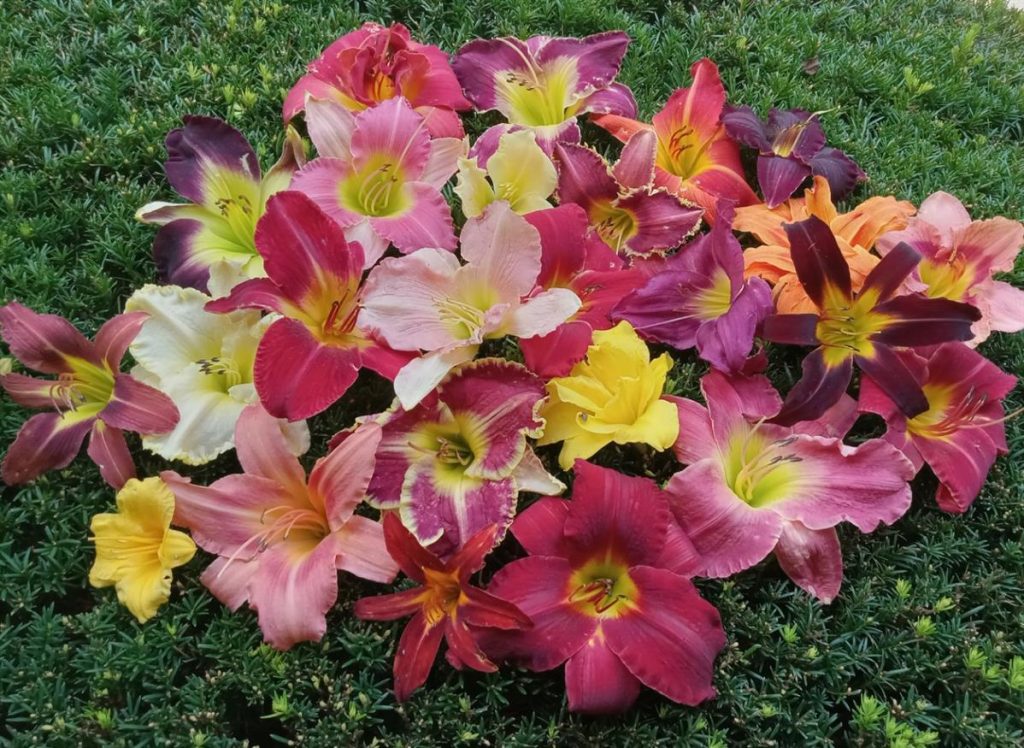Works great! I love it!

Works great! I love it!

They just keep getting bigger and bigger!
Lots of color in the garden right now! More to come when the dahlias start to pop!
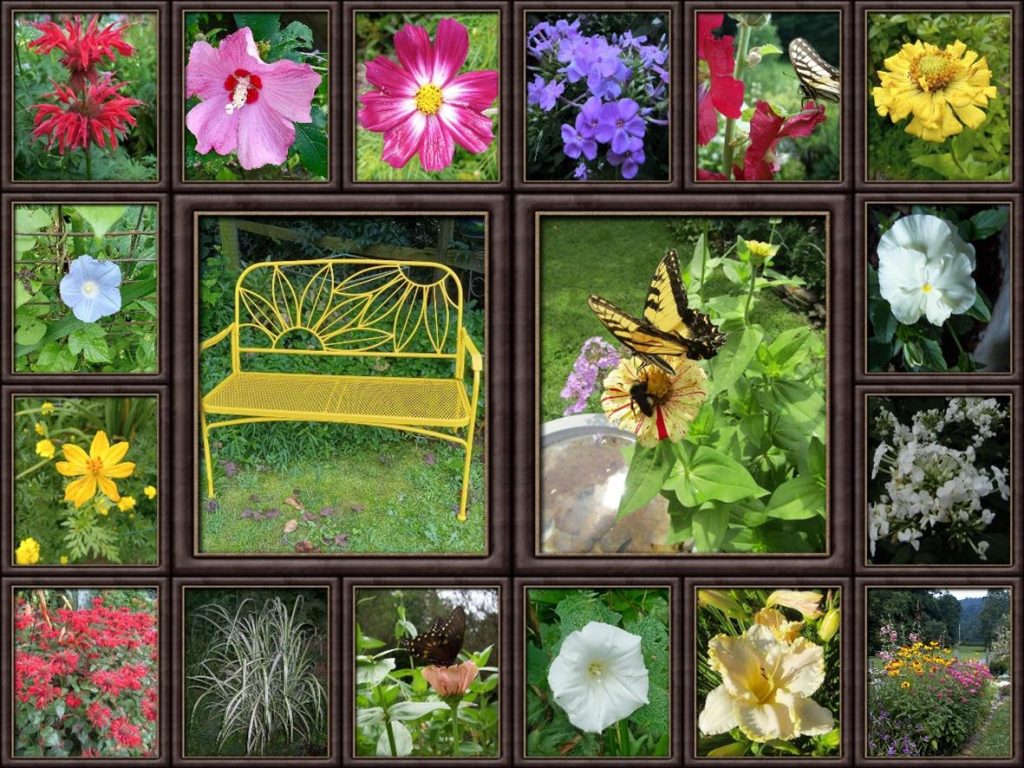
If you want butterflies in the garden, plant Tithonia! (Mexican Sunflowers) The butterflies love them!
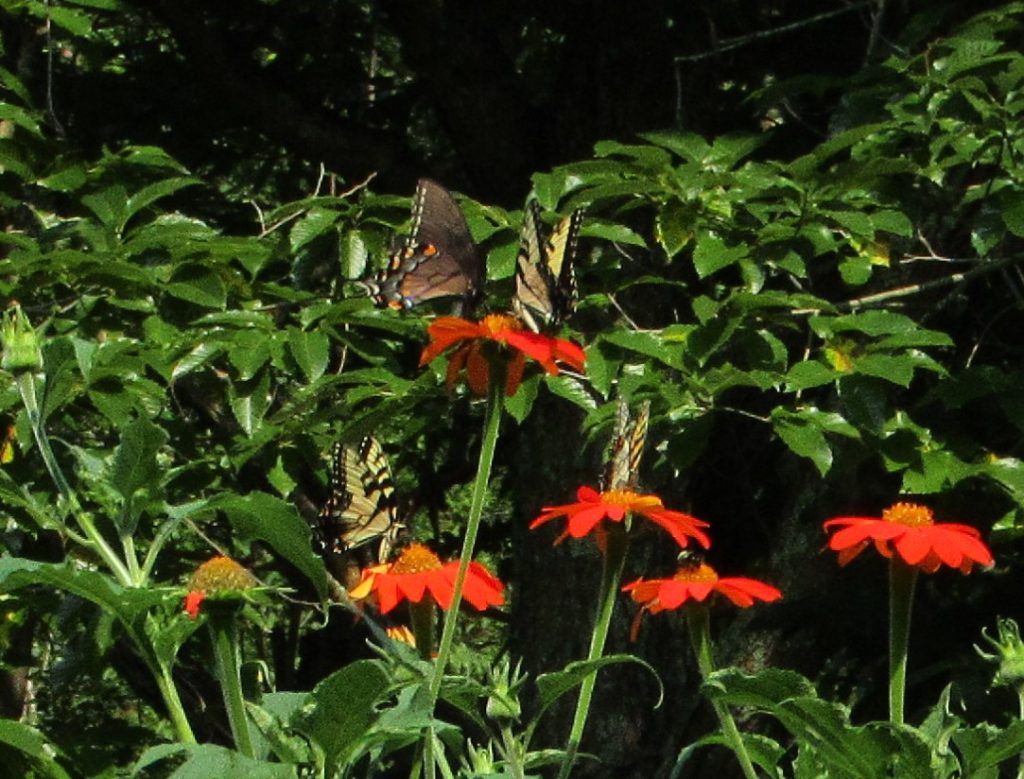
This deformed (but no less gorgeous) yellow tomato managed to get itself trapped in the wire at a really tender age, and I didn’t notice, until it was too late to free it.
Today I will carefully cut it out and enjoy it with my lunch!
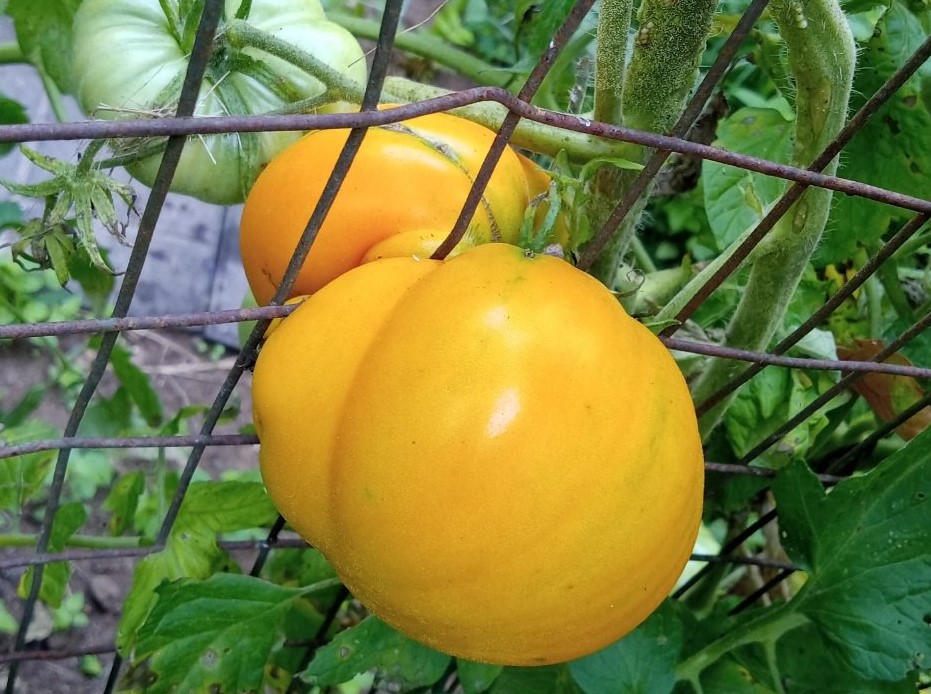
Nothing can take the place of planting, growing and harvesting your own fresh vegetables!! It’s so satisfying (and so healthy) to go out and pick fresh food to bring to the table!
July is veggie time here in the hills!
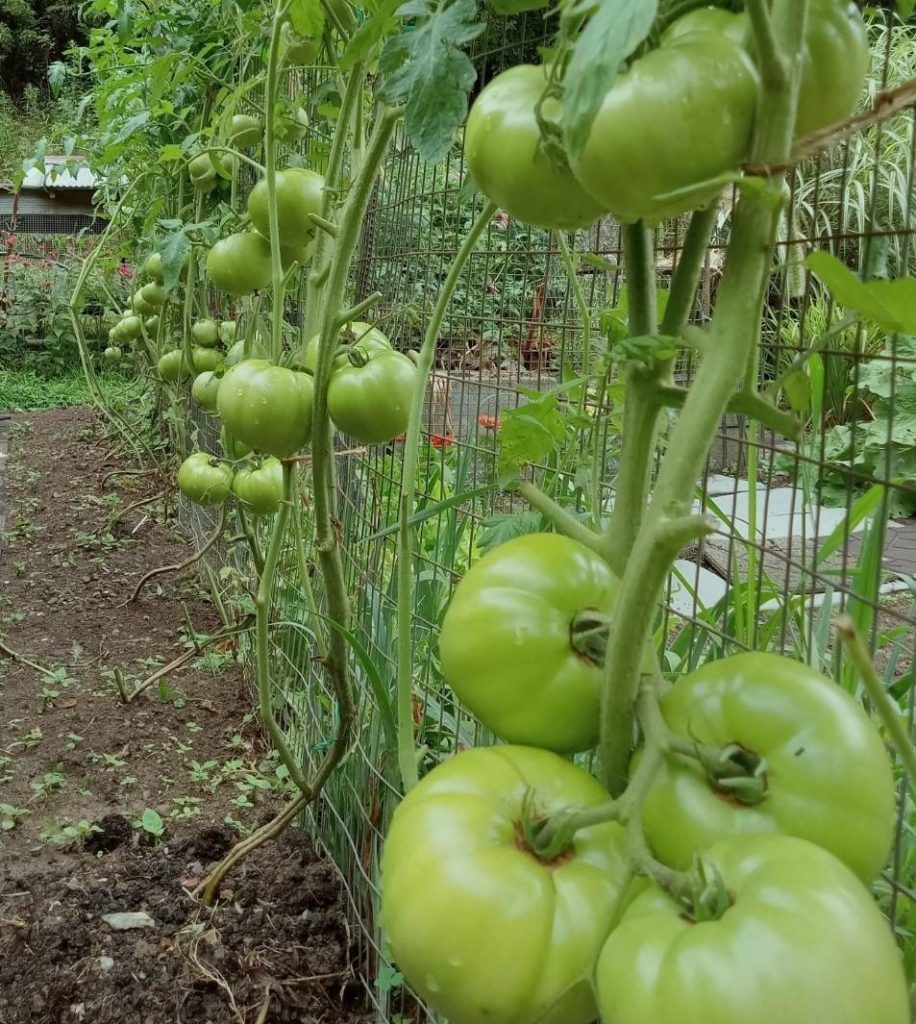
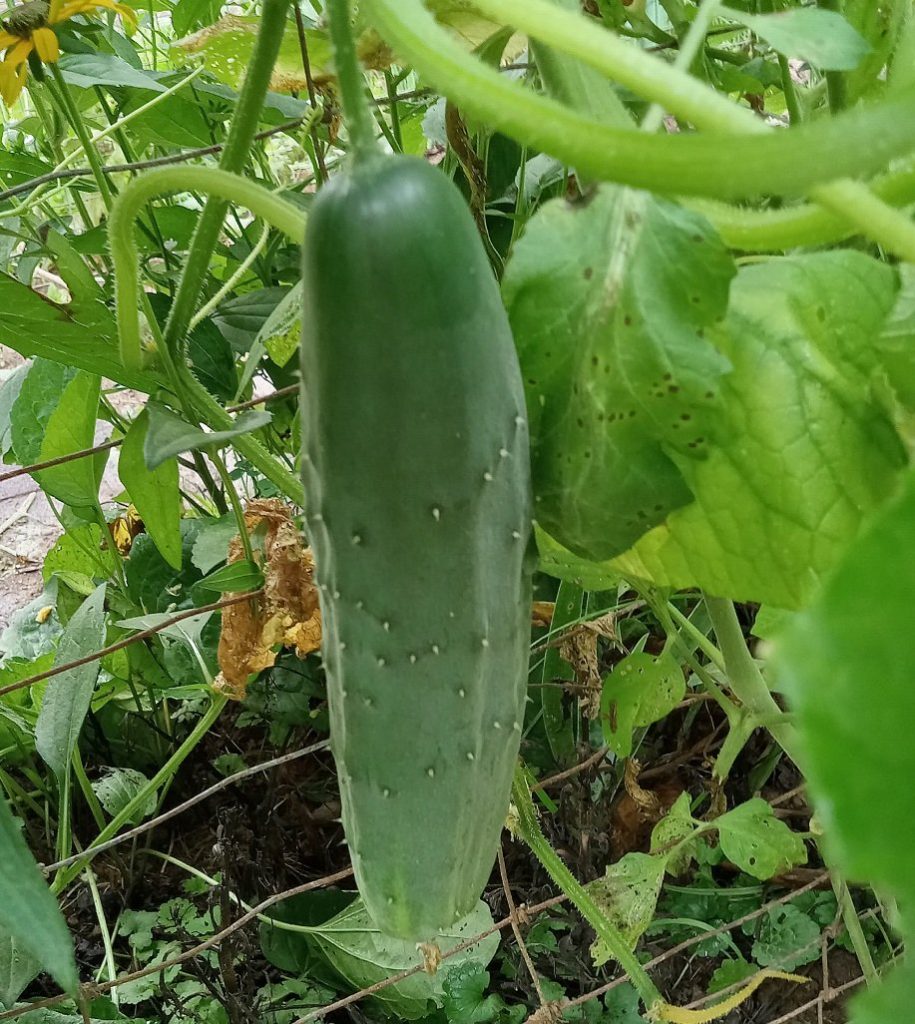
Things are looking promising in the veggie garden. Lack of rain has been somewhat of a problem, but more a nuisance than anything. I am thankful to have a good well that lets me water as much as needed.
Half-runners are doing exceptionally well, and I am starting to see color in a few tomatoes.
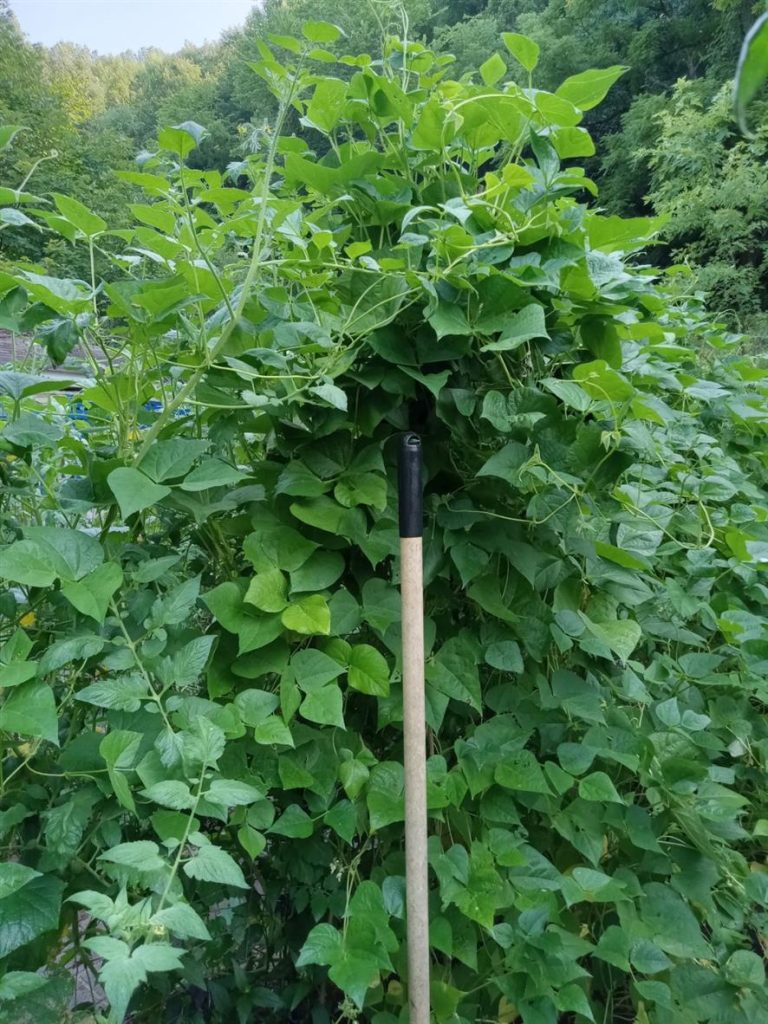
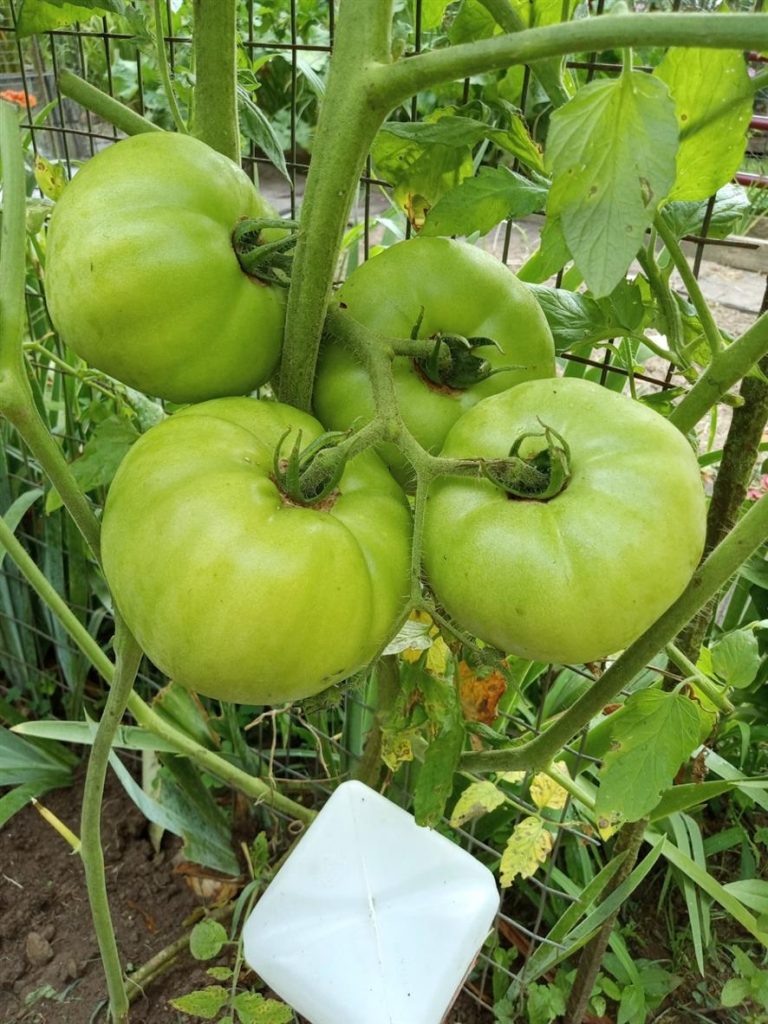
Daylily season is rapidly coming to a close. Several of my clumps have already bloomed out for this year.
These are in bloom today. It is about a third of my total collection.
